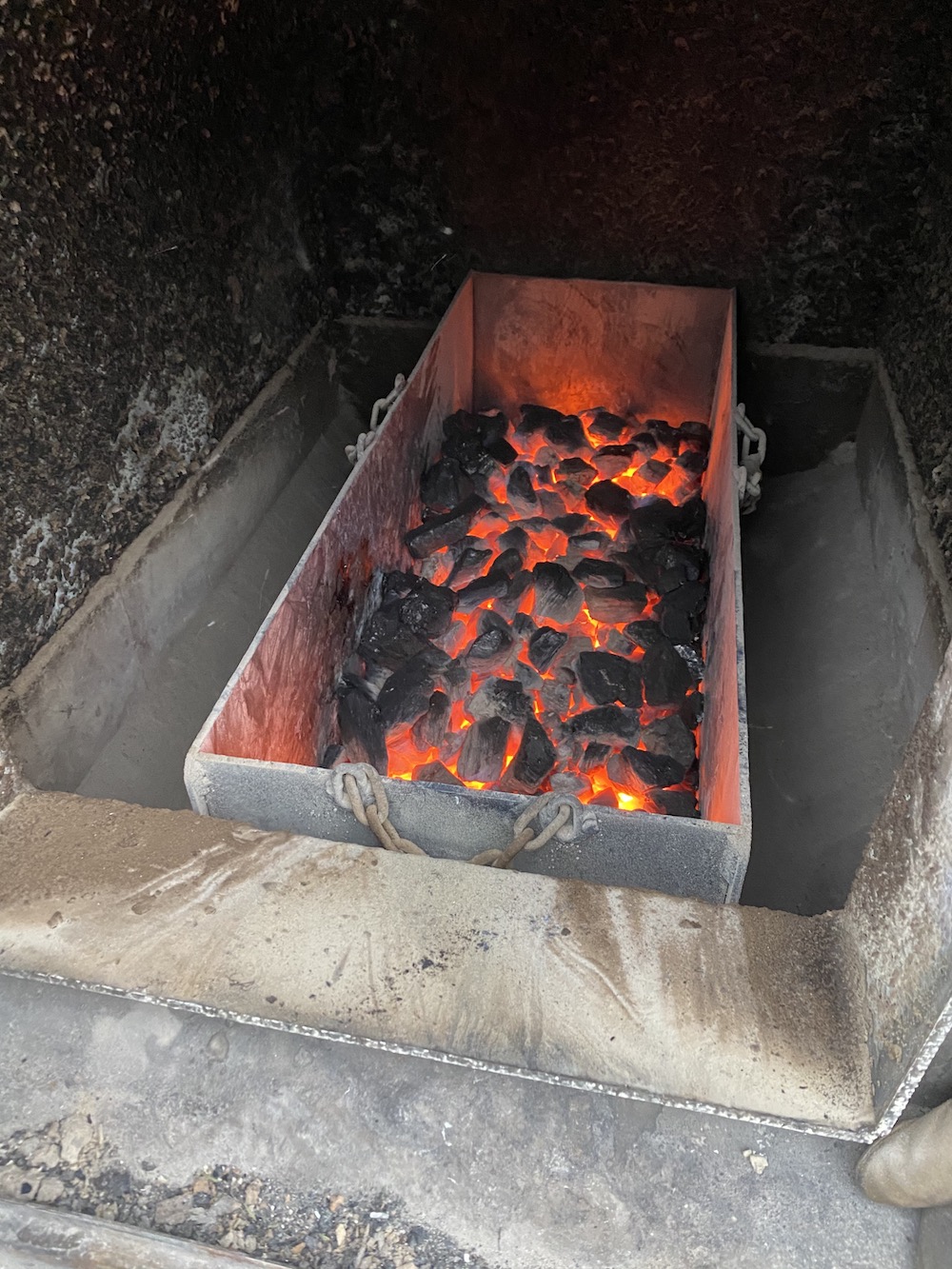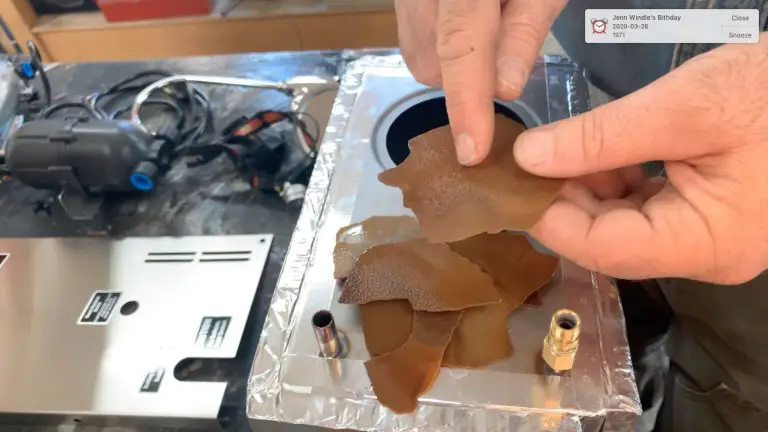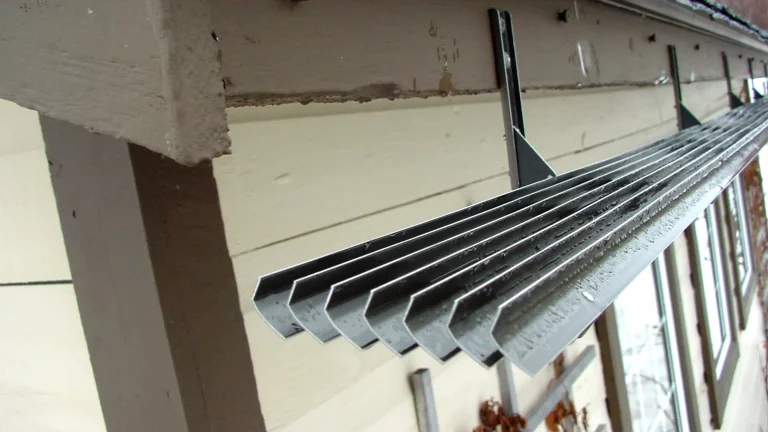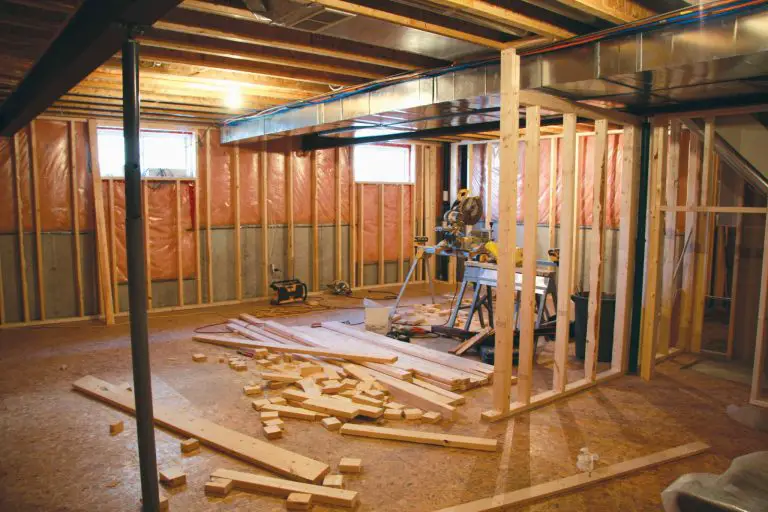When it comes to managing home heating costs, identifying the most economical energy source is not always simple. One reason is the way energy is priced. Electricity is sold in cents per kilowatt-hour; oil in cents per liter; propane is also sold in cents per liter, but a liter of propane has about 50% less energy than a liter of furnace oil. Some people heat with wood pellets (sold in dollars per 40 lbs bags), other people buy firewood (dollars per face cord or dollars per bush cord). I touched on the confusing topic of home energy pricing a while back, and enough readers asked for more information that I see the issue needs more attention. Choosing the most economical energy source comes down to wading through math to reveal truths that are not immediately obvious. That’s what we’ll do here, let math tell us something we don’t see without it.
My own overall household electricity rate hovers around 15 cents per kilowatt-hour and this is probably pretty typical for my region. This number comes from the total amount I pay monthly, divided by the total number of kilowatt-hours consumed. Electric heat makes sense as a basis of financial comparison because it’s so universal. Many people could have electric heat, so it’s a useful starting point as a financial reference.

It’s important to compare apples to apples in any exercise like this. The financial numbers coming up reflect how much it costs to purchase 1 million btus of heat as supplied in different forms and with various efficiency ratings from the different heating appliances. Energy rates quoted below are typical where I live. The bottom line is found at the end of each section, namely, the amount of money it costs to buy 1 million btu of heat in your home:
Electricity:
* @15 cents per kilowatt-hour; baseboard or resistance heater = $43.96/million Btu
* @15 cents per kilowatt-hour; air source heat pump = $18.29/million Btu
Notice the huge difference in costs per million Btu. The cost dropped more than 50% when electricity is run through a heat pump rather than a resistance heating element as found in a typical baseboard heater or furnace.
Propane:
- @$1.15 per liter; vented room heater = $73.27/million Btu
- @$1.15 per liter; furnace or boiler = $61.06/million Btu
Propane can be tricky. People generally think it’s cheaper than electricity for heating, but it often isn’t. This is especially true in areas with minimal competition. Where I live, for instance, one propane company starts people off at a reasonable rate per litre of propane, but inches the fees up slowly over a couple of years. I know many people who report this experience, including one husband and father. Three years ago he was charged 70 cents per litre for propane, but if he didn’t look closely at his most recent bill he wouldn’t have noticed he was charged $1.48/litre for propane earlier this month in January 2021, even though fair market prices were still down around 70 cents per litre. This at a time when another company in the area is charging less than 70 cents per litre. At $1.48/litre (or $5.48/ US gallon), that works out to 75% more money for a given amount of heat than electricity at 15 cents per kilowatt-hour. And this electricity is in turn 1000% (yes, 1000% or 10x) the cost of the same amount of heat delivered via natural gas.
Oil:
- @$1.20 per liter; furnace 78% efficient = $41.97/million Btu
Less than 10% of North American homes heat with oil any more, even though it was the mainstay for home heating 40 years ago. The availability of natural gas is the reason why.
Natural gas:
- @13 cents per cubic meter; furnace or boiler = $4.51/million Btu
- @13 cents per cubic meter; vented room heater = $5.69/million Btu
Natural gas is the cheapest heating option in most places and at most times. Trouble is natural gas is not available everywhere.
Wood pellets:
- @$7 per bag; vented room heater = $27.20/million Btu
About half the price of electricity, wood pellets are an economical option in areas with no access to natural gas.
Cord wood:
- @$100 per 16” face cord hardwood; non-catalytic stove = $28.86/million Btu
- @$100 per 16” face cord hardwood; catalytic stove = $25.25/million Btu
Economical enough, but buying ready-to-burn cord wood usually involves the homeowner doing their own hauling, and certainly doing their own stacking.
Anthracite Coal:
- @$500 per ton burned at 75% efficiency = $28.86/million Btu
Most people are no longer familiar with anthracite, but it’s an exceptionally clean burning fuel that gives plenty of heat at very economical prices. Anthracite can be burned in special stoves or in an outdoor boiler. My boiler burns wood and anthracite (after I created the “coal box” insert for my boiler that you see below). Anthracite is much cleaner burning than wood and an anthracite fire only needs to be tended once every 12 hours. You can see the anthracite fire in my boiler with the coal box. No smoke, no flames, just huge quantities of cheap heat and a glowing cheer. The $500 per ton figure is for anthracite delivered by the transport load anywhere within 1000 miles of the mine. Anthracite can cost half this much per ton nearer to the source.

Of course, these numbers are just a snapshot based on current prices, but they do provide a lot to consider, including the fact that natural gas is by far the most economical choice right now. It’s been that way for a long time too, but only in places with access to it. Electricity costs almost 10x more for a given amount of heat than natural gas when that electric power is run through a baseboard heater or furnace (ouch), but electricity also turns out to be the next cheapest option up from natural gas when that electricity is run through an air-to-air heat pump. I hear plenty of people who are installing propane heating systems right now because they believe it’s an economical choice, but I wonder how many realize that operating costs for propane heat are currently almost 50% more than oil, at least where I live?

No discussion of home heating would be complete without talking about insulation. Moving from a poorly insulated home to a fully insulated one could do more to lower heating costs than changing your furnace from one type to another. Visit baileylineroad.com/insulation-programs for a current list of all the government assistance programs offered in Canada for insulation upgrades.
Energy prices rise and fall, and while the financial relationships of the different heating energy options will change over time, we all need to make home heating decisions based on current market realities. Just be sure to look at actual numbers when you’re deciding, not just a hunch of what those numbers might be.













